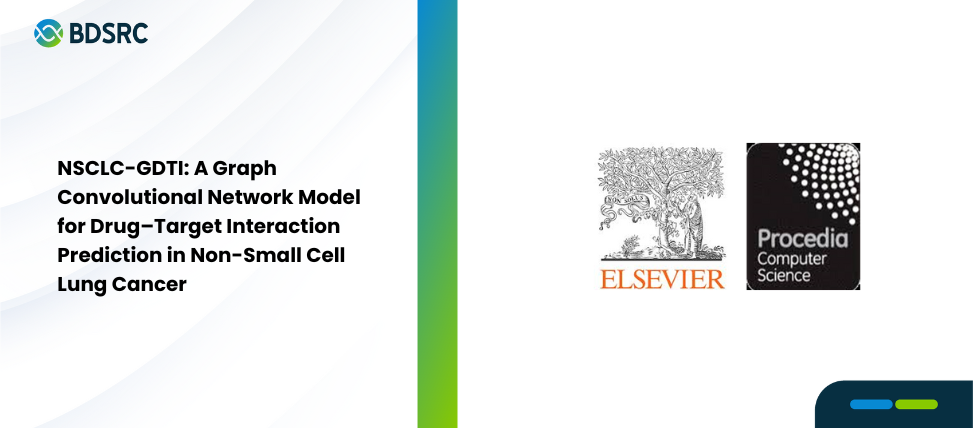NSCLC-GDTI: A Graph Convolutional Network Model for Drug–Target Interaction Prediction in Non-Small Cell Lung Cancer

Non-small cell lung carcinoma (NSCLC) accounts for approximately 85% of lung cancer cases, and most of them are only detected after metastasis. Given the disease complexity, virtual drug screening is essential for the identification of potential novel drugs serving as alternative treatments. A graph-based convolutional network is proposed to predict drug-target interactions (DTI) in NSCLC. The network utilizes information from bonds and atoms to construct the drug’s molecular graph, supported by molecular fingerprints to highlight chemical features in the molecule. While most DTI models solely focus on the protein sequence information, this model incorporates gene ontology as graph node features, with protein networks being connected by k-mer edges. The model outperforms conventional machine learning approaches, achieving 92.85% accuracy and an AUC of 98.26% in identifying NSCLC-related drugs. Out of 8,862 DrugBank drugs passing the drug-likeness evaluation via Lipinski’s Rule of Five, 325 drug compound candidates were identified through model screening. A random sampling of the drugs is also performed across different model evaluation threshold results by molecular docking, confirming the model’s ability to assess its drug properties. This research shows a model capable of screening potential drugs through its interaction with causative proteins, suggesting its potential as a reference for other complex diseases.
Authors:
Muhammad Rezki Rasyak, Febrina Margaretha, Anissa Nofita Sari, Arli Aditya Parikesit, Bens Pardamean
10th International Conference on Computer Science and Computational Intelligence 2025 (ICCSCI)
